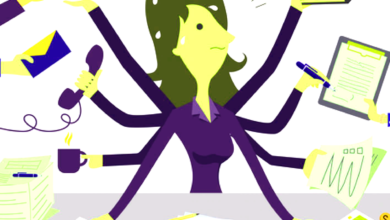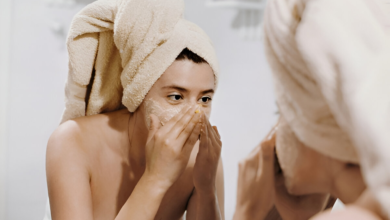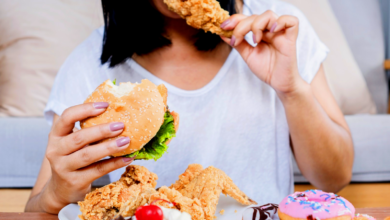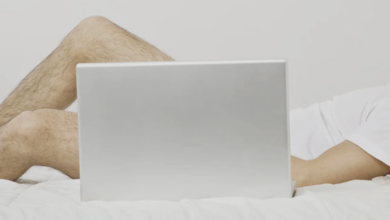Heat Exhaustion and Heat Stroke Symptoms
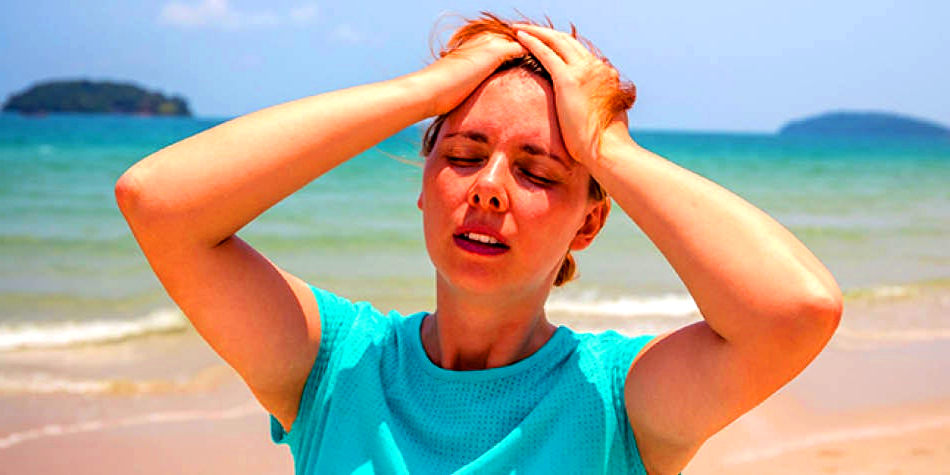
Heat exhaustion may arise from an inability of the body to cool down. Dehydration and salt deficiency often cause this response. You may remain heat sensitive for up to a week after symptoms if you have heat exhaustion.
Over time, the symptoms steadily worsen from a moderate beginning. The first symptoms of heat exhaustion are often heat cramps, tiredness, profuse perspiration, and thirst. If the body temperature climbs over 106 degrees, heat stroke may result, and if left untreated, may be deadly.Diarrhea, headache, nausea, fast breathing, or a dark urine are symptoms of heat exhaustion and heat stroke.
Heat Exhaustion vs. Heat Stroke
If your body needs to work harder to cool you down, you may get heat exhaustion. Normally, the body temperature is not higher than 104 degrees. Your heart rate may be rapid and your blood pressure may be low due to the dehydration that results from heavy perspiration.
At this point, however, the body is still operating properly. These natural barriers against heat and dehydration are still active since you’ll probably feel really tired, perspire a lot, and be thirsty.
Read More : The Incredible 9 Health Benefits of Tomatoes: A Nutrient-Packed Superfood
Heat exhaustion may cause heat stroke, although it is not a guarantee. The body temperature normally reaches 106 degrees or above to cause exertional heat stroke.Your body becomes less able to control its temperature as a result.
The central nervous system malfunctions as a result of heat stroke. This potentially fatal condition may also harm the heart, brain, liver, kidneys, spleen, and muscles.
Heat Syncope
Standing in a hot environment for an extended period of time might cause heat syncope, or fainting. If you sit or lie down, and then quickly rise up, you may have vertigo. There is a greater chance of fainting if you are dehydrated or if the weather is unaccustomed to you.
Symptoms
The first symptoms of heat disease are often heat cramps. You may feel pain or spasms in your muscles, usually in your arms, legs, or abdomen.
Another indication that your body is overheating is heavy perspiration. Because perspiration cannot drain off the skin, which generally gives a cooling feeling, heat is especially harmful on humid days.
Additionally, hunger and weariness are early indicators of heat exhaustion.Usually, light, straw-colored urine indicates adequate hydration. On the other hand, dark, concentrated urine indicates dehydration.This may mean that your body is not able to expel heat as effectively via perspiration and evaporation, increasing your chance of overheating.
Signs of Heat Exhaustion and Heat Stroke
In the event that the situation does not get better, heat sickness may develop into heat exhaustion. Later indications of heat fatigue consist include:
- Cool, moist skin
- Dark urine
- Dizziness or lightheadedness
- Headache
- Nausea or vomiting
- Pale skin, which in those with darker complexions may seem ashen or grey
- Rapid breathing or pulse
- Weakness
If your body temperature rises to unsafe levels, you may have heat stroke. Disorientation, unconsciousness, convulsions, and impaired speech are all possible outcomes of heat stroke. If left handled, this heat emergency might be lethal.
Other Symptoms
Stomach cramps or nausea are often the first symptoms of a heat sickness, and they may be an indication of electrolyte imbalance or dehydration. Sweating depletes the body of water and electrolytes, such as sodium, which are necessary for healthy temperature regulation.
People with heat exhaustion often feel lightheaded, need to sit down, or may briefly lose consciousness. Dizziness may be accompanied with syncope and a fast heartbeat. Excessive perspiration might irritate your skin and cause a heat rash.
Treatment and First Aid
If you think you could overheat, stop what you’re doing immediately. Take a break if there’s a noticeable decline in performance or if you’re having trouble.
Getting out of the sun is one of the most critical things you can do for someone who is suffering from heat sickness, or for yourself. If you can, go to an air-conditioned location; if not, anywhere with shade will do. The heat index value of an area in direct sunshine might be up to 15 degrees greater than that of an adjacent shaded region.
Here’s what to do once you find a good place to cool down:
- Drink water or a sports drink that contains electrolytes: Another option is to create your own electrolyte solution by combining a quart of water with one teaspoon of salt. This will assist in restoring the salt lost via perspiration. Drink until you start to feel better.
- Improve air circulation: Convection allows the body to cool. This is how heat is removed from the skin by air or water moving over it. Increasing air circulation and skin contact with the air will aid in this process. Make sure nothing is too tight, loosen your clothes, and take everything out. Losing extra body heat may also be facilitated by using an electric or manual fan.
- Sit or lay down: Illnesses related to heat might affect blood flow. Elevate your feet by about 12 inches when sitting or lying down to reduce leg edema and enhance cerebral blood flow. If you feel faint, you may also avoid falling and hurting yourself by laying down or sitting down.
- Try an ice bath: Immersion in an ice bath or cold water may swiftly bring down a body temperature that has become dangerously low.
- Use cold water or ice to cool down: Ice should not be applied straight to the skin. You may simulate sweating and assist your body release some of its heat by spritzing yourself with water. Particularly useful areas for cooling are the armpits and groin. The forehead, foot pads, and hand palms may all be beneficial.
Once it manifests, heat stroke may be hazardous, perhaps lethal, and difficult to cure. It is crucial to stop it from occurring in the first place because of this.
Here are some ways to prevent heat exhaustion and heat stroke:
- Let automobiles cool off before using them. A kid or pet should never be left in a heated automobile.
- Refrain from exercising while it’s hot or muggy outside.
- If you take any drugs that raise your risk of overheating, use caution while spending time outside in hot weather.
- Make sure to stay hydrated, particularly before and after physical activity.
- If at all feasible, find shade
- Take regular breaks.
- Dress in loose, light-colored clothing that is lightweight.
Read More : Healthy Chinese Foods to Eat When You Have Diabetes
After a heat-related sickness scare, do not immediately resume outside activities in the scorching sun. If you resume, you could still be dehydrated or at danger of quickly becoming overheated. If you feel better and your symptoms go away, avoid physical effort for the remainder of the day.
The first symptoms of heat sickness are often heat cramps, which may develop into heat exhaustion. Your body might get heat exhausted when it cannot cool down. Applications of a cold compress, resting in a cool location, and consuming electrolyte-rich beverages are among the treatments for heat exhaustion.


